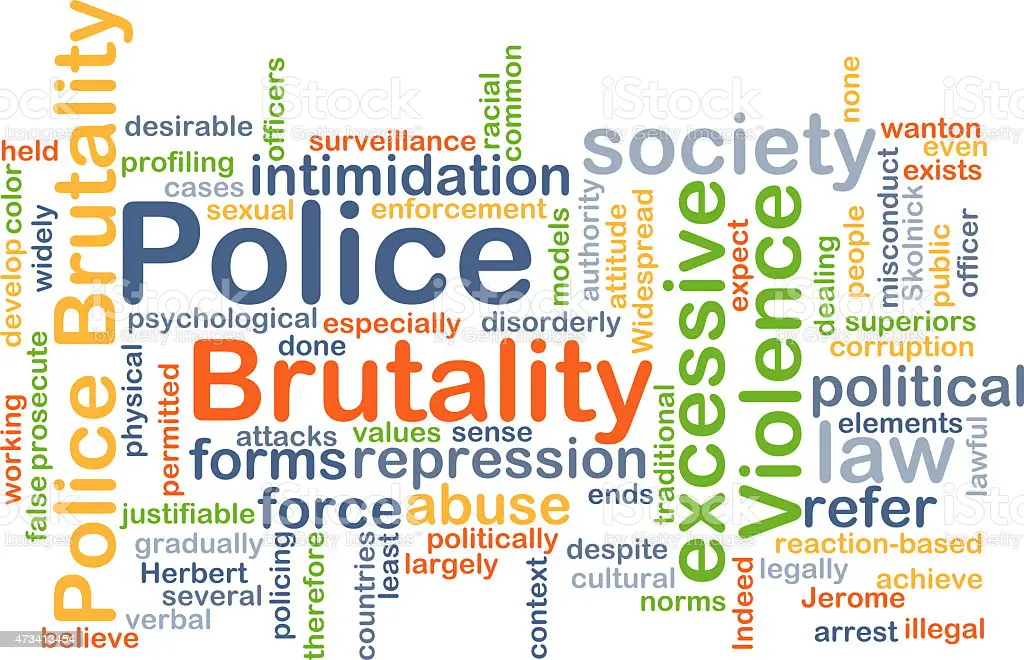Tyre Nichols.
His name was never meant to be front page headlines. His body was never meant to be in the Memphis morgue.
In the never-ending history of violence in the United States, the name of another victim has been added to a long list on which nobody ever aspires to appear.
George Floyd. Rodney King. Breonna Taylor. Eric Garner. Andrew Kearse. Some of these victims’ names are familiar. Others have faded from memory, even though we were haunted by their sad stories years ago. Regardless, the catalog of names goes on for far too long.
So what can we say about this latest tragic incident, so similar yet so different from incidents in the past.
There were five cops. Five, not just one or two. Mr. Nichols was not a large or belligerent man, not crazed on drugs or alcohol. From all we know so far, he was pulled over for reckless driving, but the Memphis police chief has said that so far she has seen no evidence of this.
Mr. Nichols was not a violent resistor who presented a clear and present danger to five armed men. In fact, on the footage of the incident he can be clearly heard screaming for help from his mother. Regardless, how did the number of aggressors grow from two to five? What required other officers to rush to the scene of this particular crime and to join in? And how is it that at least one did not attempt to restrain his crazed fellow officers?
I am certain that answers to these questions and more will come out as the plot of this story is unveiled, but I am frustrated that the reporting so far has failed to ask questions about why this specific incident occurred. Why did these five men, all supposedly trained in procedures for apprehending suspects, go into a rage, become a mob, and beat this man to a pulp.
Notice how this story is different from that of George Floyd in so many ways. In that case, a single uncaring officer applied “passive” force, standing on the neck of a Black victim, while others looked on. His fellow officers, all junior to him, were apparently equally uncaring or didn’t know what to do, likely afraid to countermand a superior. Bystanders watched for a long time, some urging the officer to let the man breath, but nobody did anything that might change the outcome.
It’s hard to miss the fact that these were five Black officers who beat a man whose skin color resembled theirs. Had these been five white officers bludgeoning a black man to death, the streets of every American city would have been alive with protest, in many cases violent and out of control, and commentators would have rushed to CNN and MSNBC (and maybe even Fox, but with a different story to tell), all bemoaning the continued sad state of US race relations.
But what if these had been five black officers who had slaughtered a white man? We would have witnessed protests far and wide, but the politics and the color of those crowds would have been different, as would the nature of their protest message.
Understandably, the family of Tyre Nichols has welcomed protest, but, showing dignity and class, they have urged that these be peaceful. But other than deploring the violence of these men, what is the message–does it all come back to calls for better training of police?

Something sent five experienced police officers into a violent rage, beating to death a young man who seemingly committed no major crime and who offered no resistance that justified the application of major force. Some or all of these officers, I am certain, will turn out to be loving family men with wives and children. Friends and relatives of theirs will come forward to recount stories of their achievements and even records of bravery, all the time shaking their heads at the “unaccountable” actions of the good men they knew.
Nonetheless, acting as an out-of-control mob, as a gang all dressed in blue, they beat a young man to death.
Over 50 years ago, Buffalo Springfield sang the lyrics that sum up what we know as of today, “There’s something happening here. What it is ain’t exactly clear…”
RIP Tyre Nichols.
There may be a backstory here–that they thought he was someone else, someone against whom there was real animus. So, the cops approach Nichols’ car with guns drawn: there is no gentle tap on the window and a request to lower it. They are violently aggressive, and pepper spray him. He seems to have begun the encounter entirely submissive: no weapon, no violence. Just a tall slim young man–in regard to whom there is even no evidence of a driving error. But then, to get to the center: we have 5 big, burly, armed men who hold their suspect’s arms… Read more »
It’s clear you’ve gotten more detail than I about what actually happened. The essential question, as you’ve stated, remains unresolved: What turned these “good cops” into savages–and how to prevent it in the future.